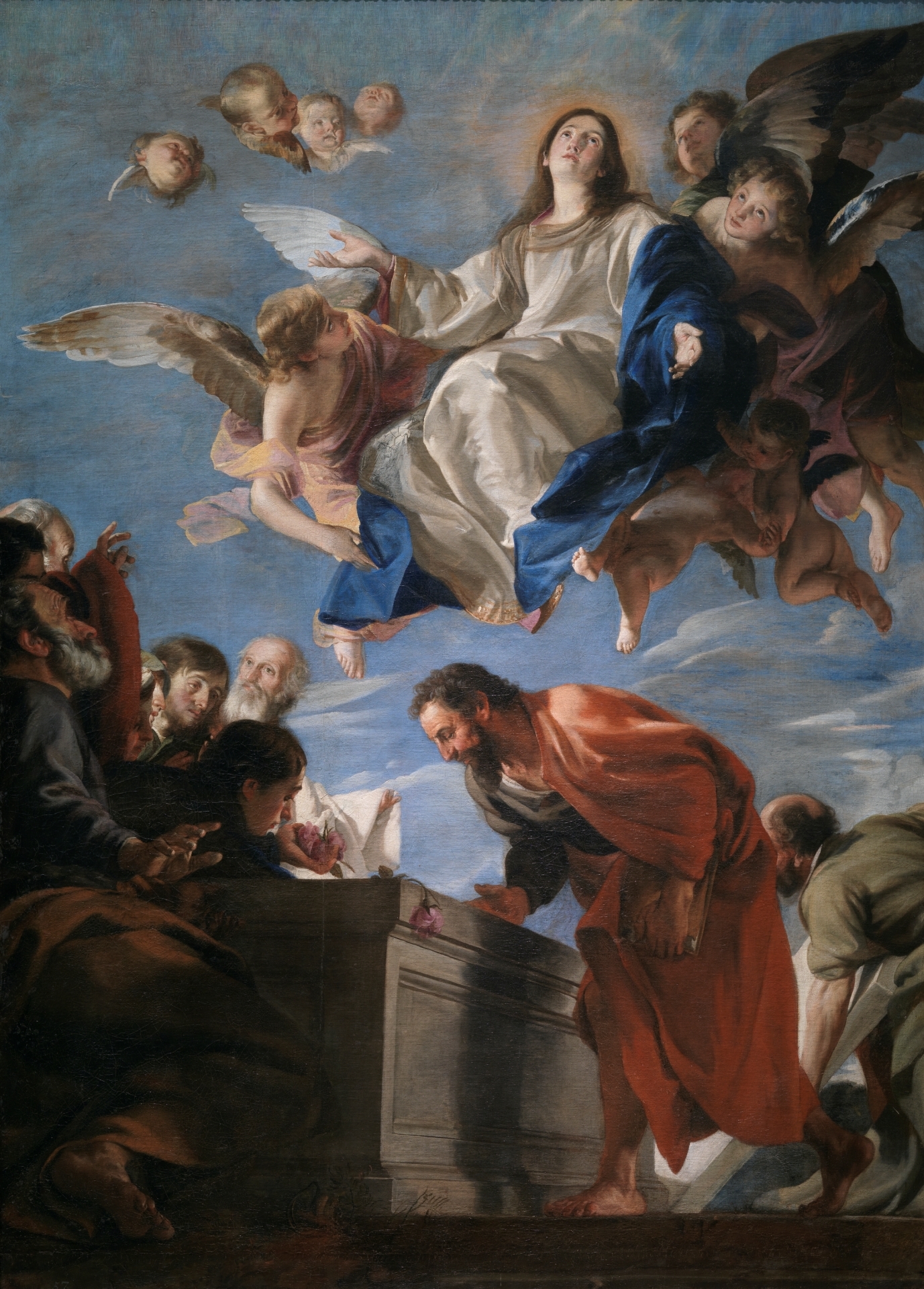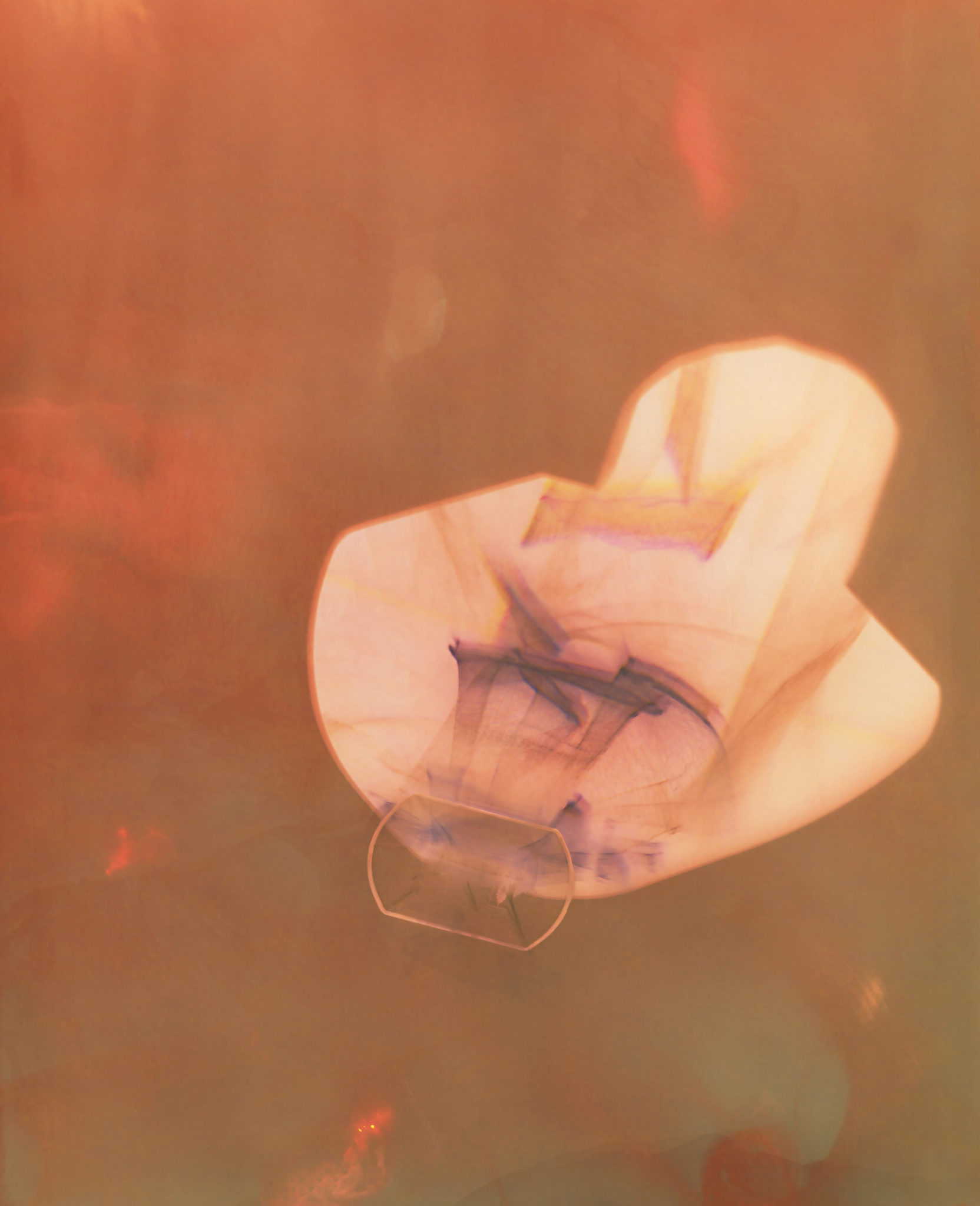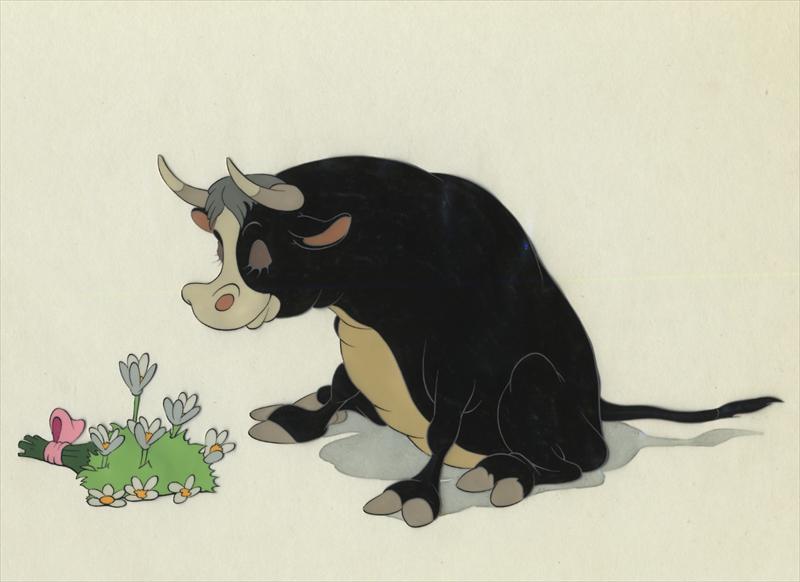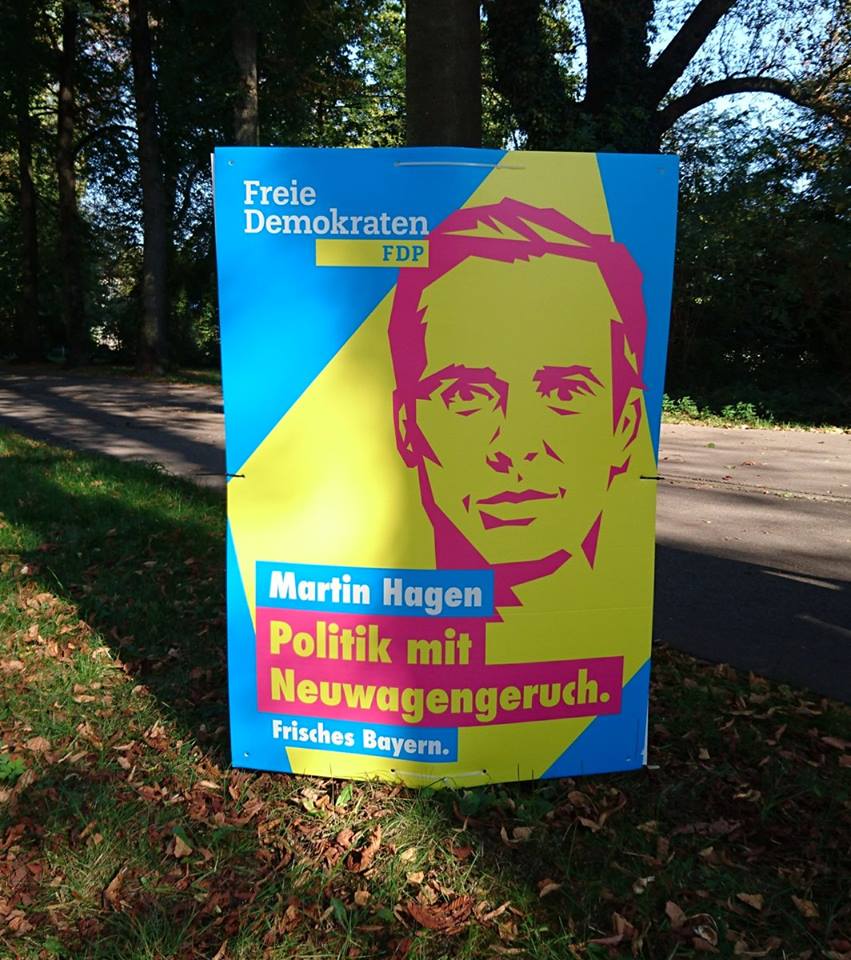Scent culture originates from religious life. Thus, references to religious practices, feasts & thoughts are a recurring theme in our posts. Today, 15 August, Christians celebrate the Assumption of Mary. It is a day abounding in histories of scent practices.
Continue reading Leaving behind a divine fragranceTag Archives: visualizing scent
The bathroom
“The bottle of perfume, which Marthe […] nonchalantly holds in her right hand, is the all-important barrier and go-between, positioned at that point of confrontation where body and light touch as they dramatically push and pull against each other. The bottle is filled with a liquid as yellow as the wallpaper and as golden as the glowing radiance advancing from behind the window curtains. The perfume in its vessel is yet another form of light within the painting.” – RICHARD STAMELMAN
Olfactory activists
Women play the central role as eyewitness at Jesus’ death, entombment as well as in the discovery of the empty tomb. Continue reading Olfactory activists
Fragrant Christmas!
Oranges are native to China. In the late Middle Ages they were new to Europe. Andrea Mantegna was clearly aware of orange trees and their beautiful golden fruit when he created this fragrant image of the Holy Night, the Adoration of the Shepherds:
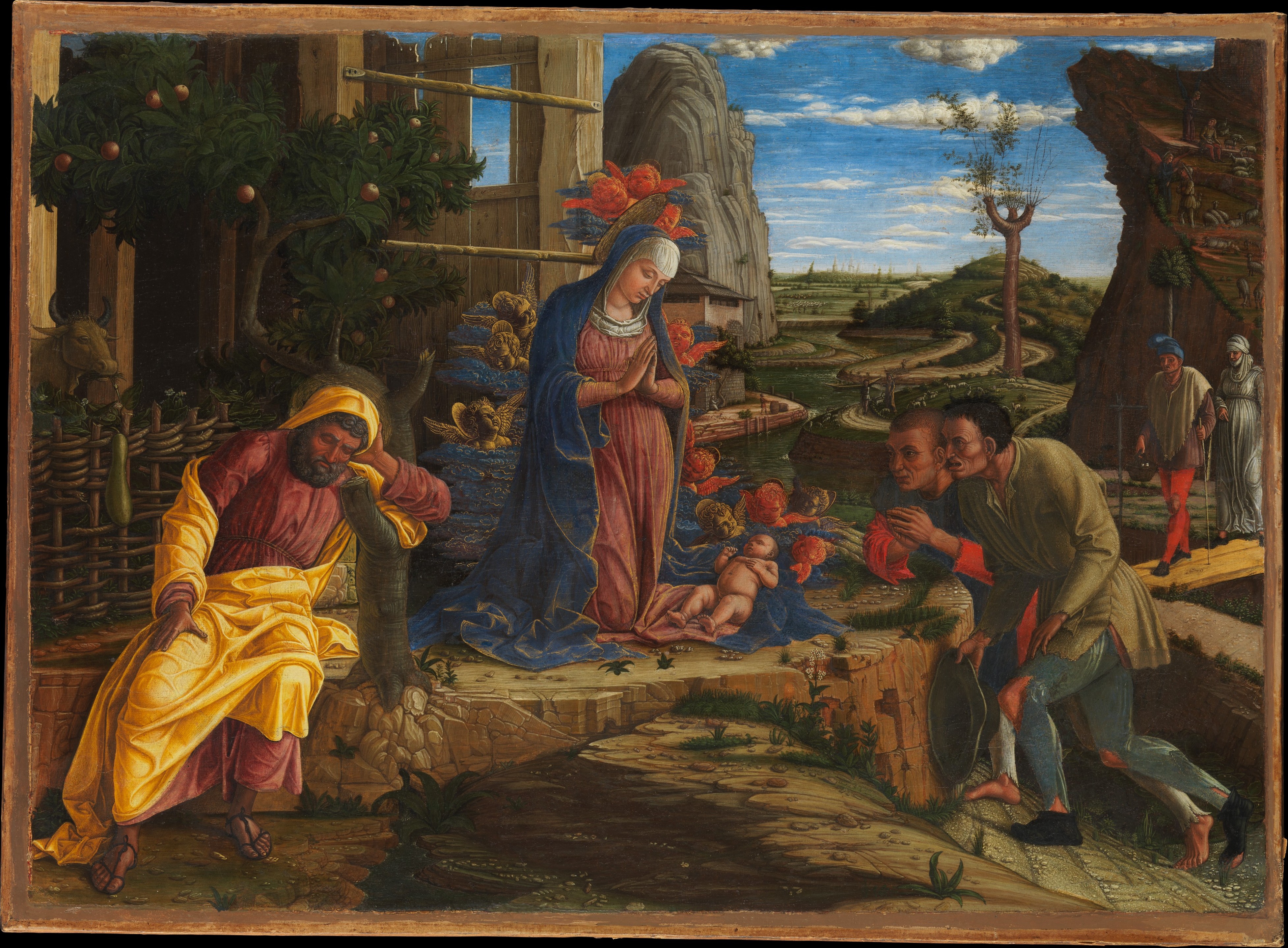
The scene is set in an open space, with Mary in the middle, adoring the child while kneeling on a stone step, while to her right Joseph is sleeping, and to her left two shepherds pray.
Prix Photoforum 2019
“Durch Glas”, a project on the perception of scent by the Swiss-Canadian artist Christelle Boulé wins the Prix Photoforum 2019. The series of photographs will be exhibited at Photoforum Pasquart.
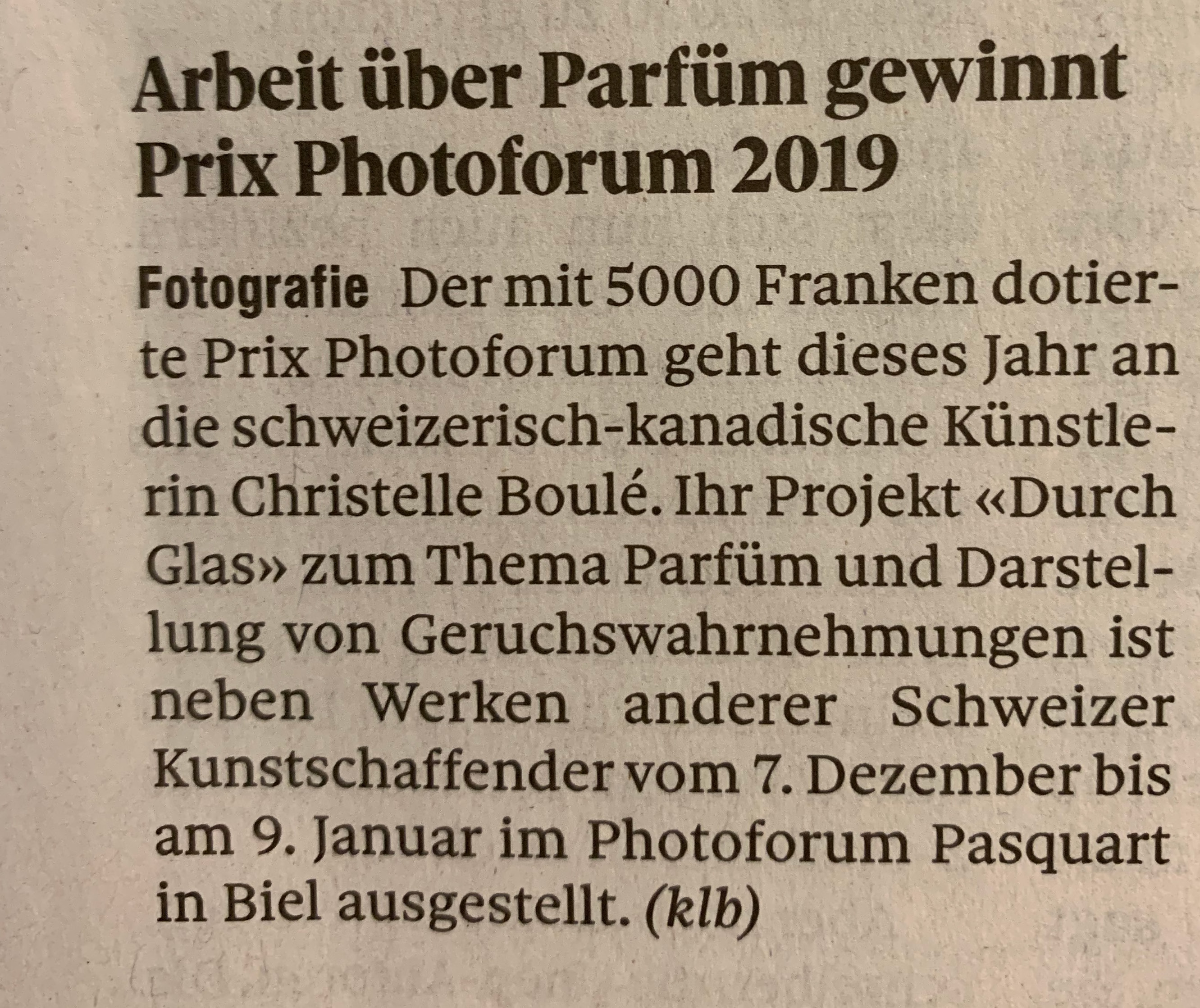
Earlier this year another scent related work was ealier shown at Sillages, an exhibition devoted to olfaction as a theme in contemporary photography, at Biel.
[blog_subscription_form title=”” title_following=”You are already subscribed” subscribe_text=”” subscribe_logged_in=”Click to subscribe to this site” subscribe_button=”Click me!” show_subscribers_total=true]
Trans-sensory desire
“Seeing advertisements has never meant being able to smell the perfume; at the very best it elicits a desire to smell it.” – JEAN-CLAUDE ELLENA
Fragrant Christmas!
Oranges are native to China. In the late Middle Ages they were new to Europe. Andrea Mantegna was clearly aware of orange trees and their beautiful golden fruit when he created this fragrant image of the Holy Night, the Adoration of the Shepherds:

The scene is set in an open space, with Mary in the middle, adoring the child while kneeling on a stone step, while to her right Joseph is sleeping, and to her left two shepherds pray.
Ferdinand & Smell culture studies (4)
The Story of Ferdinand (1936) is a much acclaimed classic children book written by American author Munro Leaf and illustrated by Robert Lawson. This post reveals the fragrant (and so far ignored) message of the plot.
Macht & Duft: Politiker als Nase
In diesen Tagen vor der Landtagswahl in Bayern verdient der amtierende Ministerpräsidenten Markus Söder besondere Aufmerksamkeit. Dabei überrascht ein Portrait mit Bezügen in die Bildwelt des osmanischen Reiches: Was also verbindet Markus Söder mit einem Sultan?
Wo bleibt der Duft? A new whiff of politics?
In the ongoing election campaign in the German state of Bavaria the neoliberal FDP tries to sell the political agenda with the whiff of a new car scent and triggers some controversy. What is “aseptic” about it as the FAZ argues? Is it authentic? Or is this a new step of fake politics? Continue reading Wo bleibt der Duft? A new whiff of politics?
